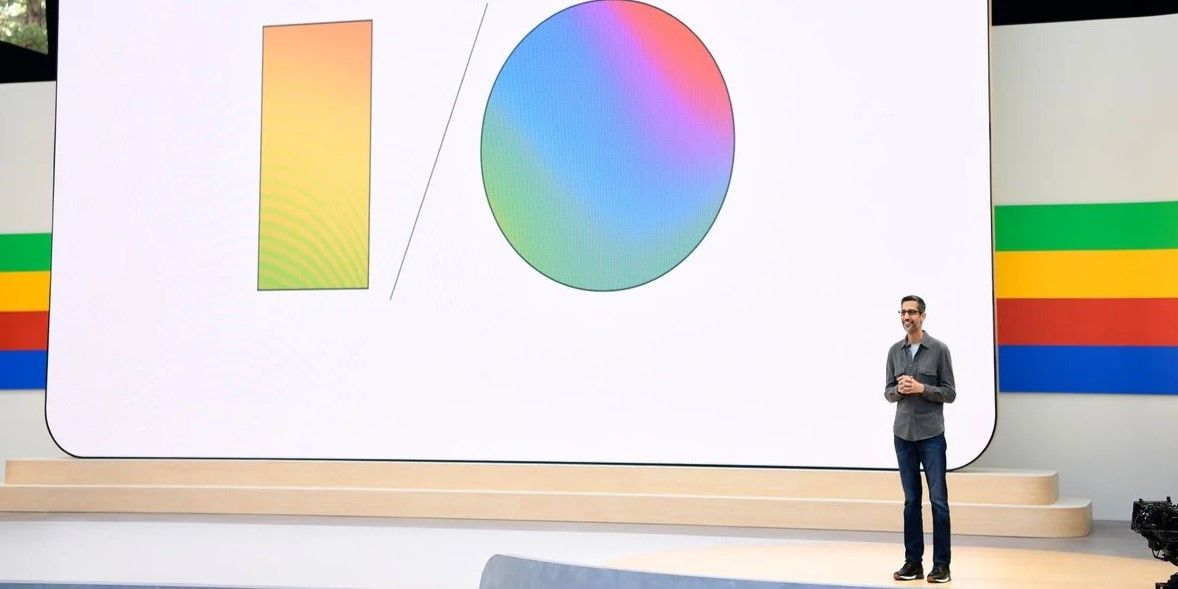China Launches Vidu AI: A New Challenger to OpenAI's Sora
Vidu AI emerges as China’s counter to Sora, highlighting its push towards overcoming western tech dominance in the artificial intelligence arena.
In response to the global advancements in AI technologies, particularly OpenAI's Sora, China has introduced its own text-to-video AI model, Vidu. Developed by Zhipu AI. This innovation marks a significant stride in China's quest to harness and localise cutting-edge AI technologies .
Technical Brilliance
Vidu emerges from a collaboration between Peking University and the Shenzhen-based AI company, Rabbitpre. The initiative, named Open-Sora, aims to replicate and advance the capabilities of OpenAI's model, leveraging a framework that includes Video VQ-VAE, Denoising Diffusion Transformer, and Condition Encoder. This collaboration has already yielded promising results, generating video samples that showcase advanced AI's potential in video synthesis.
Features of Vidu AI
Vidu AI aims to mirror some of the impressive features seen in Sora, including high-definition video generation from simple text prompts. However, while Sora can create videos that integrate complex 3D movements and detailed environmental interactions, Vidu is in its early stages, focusing on enhancing image quality and fidelity for longer-duration videos. It has the capability to generate high-definition 16-second video clips at 1080p resolution with unparalleled ease. Currently, China's model is navigating challenges related to hardware limitations, particularly the restrictions on access to advanced GPUs like those from Nvidia, which are crucial for training sophisticated AI models.
Global Stage Recognition
The development of Vidu has not only demonstrated China's technical prowess but has also garnered international recognition. Key developers from the project have received significant acclaim, reflecting China's growing influence in the global AI development arena.
Strategic Movements in AI
China's AI strategy does not operate in isolation. The development of Vidu is part of a broader push by Chinese tech giants, including Baidu and Alibaba, to forge ahead in the AI domain, particularly in text-to-video technologies. These efforts are bolstered by governmental support and regulatory frameworks aimed at fostering a conducive environment for AI innovation and ensuring its ethical application.
Looking Forward
The trajectory for Vidu involves further enhancements in video resolution and the integration of more nuanced AI functionalities. The team behind Vidu is keen on expanding their model's capabilities, including refining its ability to generate longer, more detailed video sequences from textual descriptions.
Vidu represents a significant milestone for China in the realm of generative AI. By developing this model, China not only enriches its own technological ecosystem but also sets the stage for future innovations that could redefine how we interact with digital content. As Vidu evolves, it will likely catalyse further advancements in AI, underscoring the importance of global collaboration and technological exchange.
This strategic development underlines China's ambition and its commitment to being at the forefront of AI technology, shaping the future of digital media creation.











